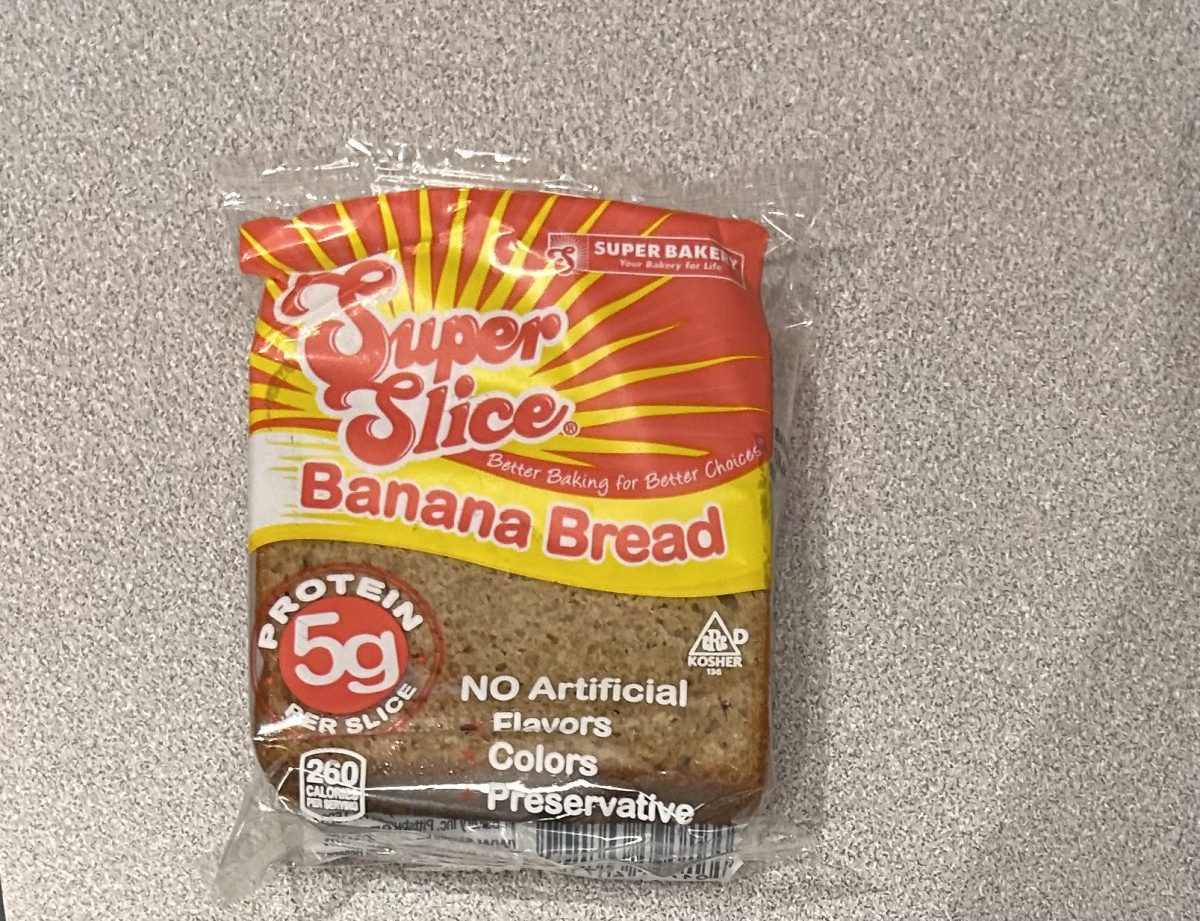All views shared in the Opinions section of the Chatterbox belong to their respective authors, and may not represent the views of the publication as a whole.
From mystery meat to food that could be considered a biohazard, school lunches don’t always get the best portrayal in the media. While disgusting school lunches were a common trope of the 2000s, they have had some improvements since then- but the changes have caused new issues.
I was surprised to learn that the food items are actually fairly good for you. Courtesy of Michelle Obama’s “Healthy, Hunger-Free Kids Act” program signed into effect in 2010, school lunches have strict nutritional guidelines to follow.
“We have to make sure all of the breakfast and lunch menus fit within the range of calories, saturated fat and sodium that the USDA [(United States Department of Agriculture)] has set,” Lauren Marlow, the district dietician of CPS, said. “We also have to serve a certain amount of greens, proteins, fruit, vegetables and milk. So all five of those components have to be a part of every lunch.”
However, just from a quick look at the nutrition label, you can see many breakfast items have unhealthy high sugar contents. The USDA itself admits that school food items are too sugary.
“The Dietary Guidelines for Americans recommend limiting added sugars to less than 10% of calories daily. Yet, school breakfasts currently provide about 17% of calories from added sugars and school lunches currently provide 11%,” the USDA said on their website.
According to the FDA, an adult should be consuming less than 50 grams of sugar a day, and depending on where you look, the suggested daily grams of sugar can be even less, but they all share the same message: limit your sugar intake.
Just from the breakfast banana bread at WHHS, you get 24 grams of sugar, about half of your daily value.
From these guidelines, we get the requirements for juice with breakfast and some piece of fruit with lunch. The problem is, few people actually eat these, but are forced to take them.
“I feel like it’s really wasteful that they try and make us get a fruit with every meal… it’s just a waste of a bunch of money and food,” Tab Gannaway, ‘26, said.
A lot of the waste comes especially from the school breakfasts. The issue of waste has gotten to the point where there have been mountains of juice boxes stacked up where students leave their unwanted food. This causes the lunch ladies to crack down on people about not leaving food out, which then leads to students throwing them away by the hundreds each week.
From this we also get incidents where students want to do something with the leftover food, such as creating “fruit v,” pretty self-descriptive, they consist of putting as much fruit as possible into one locker. Other than the fruit lockers, people are putting food wherever they can reach, polluting our school and wasting federal dollars that could be used for something much better.
Instead of requiring foods the students clearly do not like and will not eat, why not get a better substitute?
To help replace these unhealthy and over processed meals, a pre-made box with the requirements for the meals may work better, a sandwich or other main meal packed with nutrients, chips and a salad or fruit.
Similarly, with the breakfasts, we could establish a dedicated area for the leftover items, instead of right outside of the lunch room.
The lunches need improvement, less processed food, better options and less food that is known to just be thrown away, replacing it with stuff the students actually enjoy and will eat.



